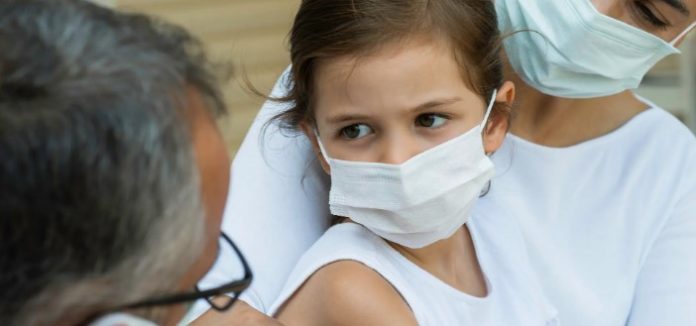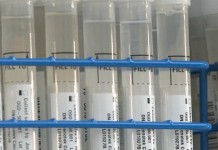Global health experts are puzzled by the recent onslaught of liver diseases in children, warning of a mysterious outbreak of pediatric hepatitis in the United States, Europe and Asia.
Last week, the Centers for Disease Control and Prevention issued a nationwide warning that previously healthy children suddenly became ill with hepatitis or liver inflammation caused by a number of viruses.
The first case in the US was detected in Alabama in October, and cases in the UK in January. Children aged from 1 month to 16 years get sick.
Although most cases occur in Europe, experts say about 200 children worldwide have experienced sudden liver disease, while at least one person has died and several others have needed liver transplants.
Here are the warning signs and what to pay attention to.
What is hepatitis?
In short, hepatitis is a severe inflammation of the liver. A vital organ for digestion and cleansing the body of toxins, an inflamed liver can suppress functions and cause enormous damage to the body.
Although sometimes it may be mild and does not require treatment, in severe cases hospitalization is required and can lead to liver failure and the need for transplantation.What causes hepatitis? Medical experts are not sure what is causing the outbreak, the BBC reports.
Hepatitis is usually caused by one of several contagious viruses called hepatitis A, B and C viruses, which are most commonly detected in the United States, as well as D and E viruses, but they have not been detected in cases.
However, a possible link with a cold virus called adenovirus is being investigated. Nine children in the Alabama cluster tested positive for adenovirus, as well as some European cases.
UK officials have said there is “no connection” between the cases and the COVID-19 vaccine, because, according to the Guardian, children with hepatitis have not received the vaccine.
Some experts, however, believe there may be one possible link to the pandemic: since many children have been isolated for so long, social isolation could weaken the immune system to the virus, which otherwise may cause only mild symptoms, Bloomberg reports.
Where were the cases identified?
The outbreak is widespread, with cases reported in 14 countries in North America, Europe and Asia.
A CDC investigation revealed that the first cases in the U.S. were reported in Alabama, with the Alabama Department of Public Health identifying nine cases of hepatitis of unknown origin. The cluster was registered in October 2021 at the Children’s Hospital in Alabama in previously healthy young people aged 1 to 6 years.
UK health authorities said on Thursday that 111 cases of paediatric hepatitis had been identified there. According to the European Center for Disease Prevention and Control, another 40 cases were reported in Denmark, Ireland, the Netherlands and Spain.
Meanwhile, the World Health Organization said on Saturday that 12 countries have reported cases of acute hepatitis among children, 114 of them in the UK. According to local media reports, their count last weekend did not include urgent reports of cases from Canada and at least one case in Japan.
What are the childhood hepatitis symptoms?
Jaundice, diarrhea and abdominal pain are among the most common symptoms along with fever, fatigue, loss of appetite, nausea, vomiting, dark urine, light stools and joint pain. Jaundice, or yellowing of the skin or whites of the eyes, is a clear sign of liver disease, since it cannot properly utilize bilirubin, a yellowish byproduct of blood filtration.
In addition to typical hepatitis viruses, doctors should check patients with these symptoms for the presence of adenoviruses and report possible cases to health officials.
Dr. Alexander Weimann, director of the Liver Center at the National Children’s Hospital in Columbus, Ohio, told the New York Times, in particular, that parents should seek medical help if children experience pain in the right upper abdomen, where the liver is located, when this area is touched.
What are the steps of action?
The CDC said all doctors and families should monitor for symptoms and report any suspicious cases to their state and local health departments.
To minimize the risk, the CDC recommends many of the same prevention methods as COVID-19, which include frequent hand washing, avoiding touching the face and mouth, and keeping a distance when possible.






